Harshil Valley, located in the Garhwal Himalayas of Uttarakhand, India, is a peaceful getaway known for its natural beauty and cultural charm. Often referred to as the “Mini Switzerland of India,” this scenic valley lies at an altitude of 2,620 meters along the Bhagirathi River. Surrounded by snow-covered mountains, tall deodar trees, and blooming apple orchards, Harshil offers a perfect escape for nature lovers, trekkers, and anyone looking for peace. This 2025 travel guide covers the top things to do in Harshil Valley and helps you plan a memorable visit to this Himalayan treasure.
Why Visit Harshil Valley in 2025?
Harshil Valley is a hidden treasure that remains relatively untouched by mass tourism, making it an ideal destination for travelers seeking solitude and authenticity. The valley’s pristine landscapes, coupled with its proximity to spiritual sites like Gangotri, make it a unique blend of adventure, culture, and spirituality. In 2025, the Uttarakhand government is promoting winter tourism in the region, which means improved infrastructure and unique seasonal experiences like the Apple Festival in autumn. Whether you’re a trekker, a photographer, or simply looking to unwind, Harshil Valley promises a rejuvenating escape.
Best Time to Visit Harshil Valley
The ideal times to visit Harshil Valley are during the summer months (April to June) and the post-monsoon season (September to November). Summers offer pleasant weather with temperatures ranging from 10°C to 20°C, perfect for trekking and exploring. Autumn brings clear skies and vibrant landscapes, with the added charm of the Apple Festival in late October. Avoid the monsoon season (July to August) due to the risk of landslides and heavy rainfall, which can make travel challenging. Winters (December to March) are cold, with temperatures dropping below freezing, but they offer a magical snow-covered experience for adventure enthusiasts.
Top Trekking Adventures in Harshil Valley
Harshil Valley is a paradise for trekkers, with trails that cater to both beginners and seasoned adventurers. The region’s rugged terrain, scenic meadows, and panoramic Himalayan views make every trek a memorable journey.
Gaumukh Glacier Trek
The Gaumukh Glacier Trek is one of the most iconic treks starting near Gangotri, about 25 km from Harshil. This 36-km round-trip trek takes you to the source of the River Ganges, offering stunning views of snow-capped peaks and pristine meadows.
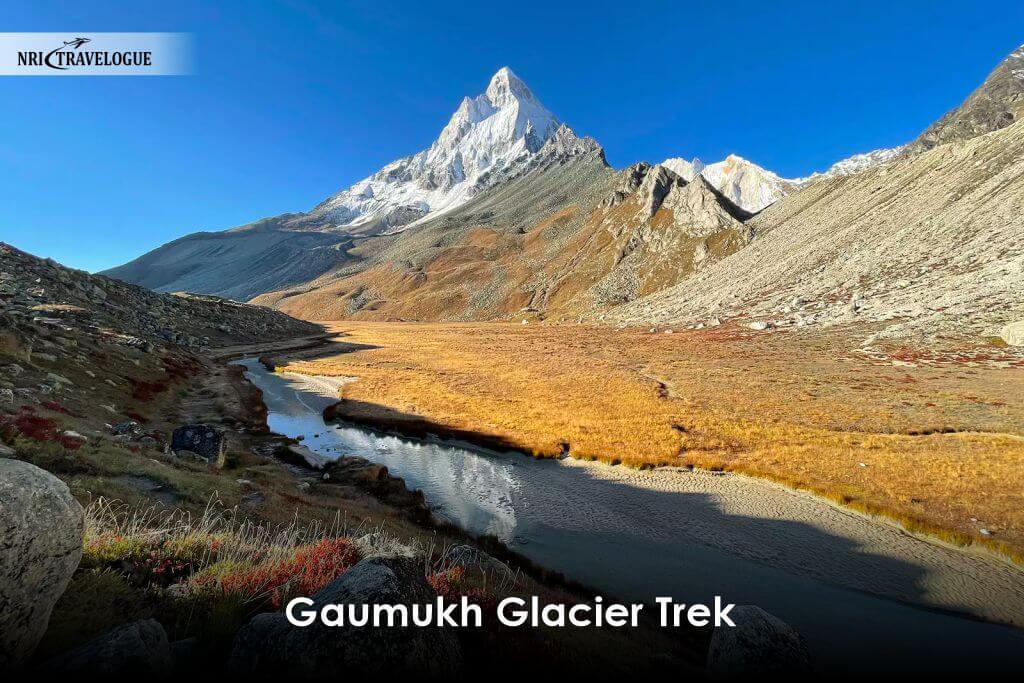
The trail passes through Chirbasa and Bhojbasa, with an elevation peak of 4,023 meters at Gaumukh. For those with more time, extending the trek to Tapkeshwar adds a spiritual dimension. Ensure you have the necessary permits and prepare for a moderate to challenging hike.
Sattal Trek
For a shorter and more leisurely adventure, the Sattal Trek is a must-do. Located near Dharali, about 6 km from Harshil, Sattal is a cluster of seven small natural lakes surrounded by lush forests.
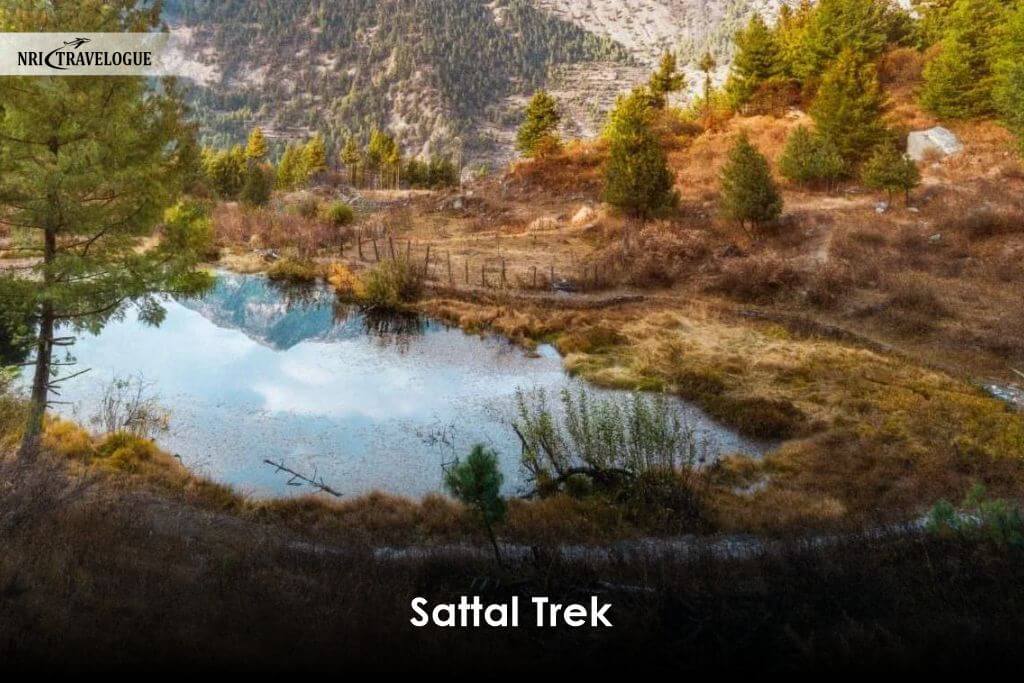
The 3-km trek from Dharali to Sattal is perfect for beginners and offers breathtaking views of the Himalayan landscape. While some lakes have dried up due to environmental changes, the serene ambiance and scenic beauty make this trek a delightful experience.
Gartang Gali Trek
The Gartang Gali Trek is a unique adventure that combines history and nature. Starting from Lanka Bridge, this 2.5-km trek leads to a 36-meter-long wooden stairway carved into a granite rock face, believed to have been built by Peshawari Pathans.
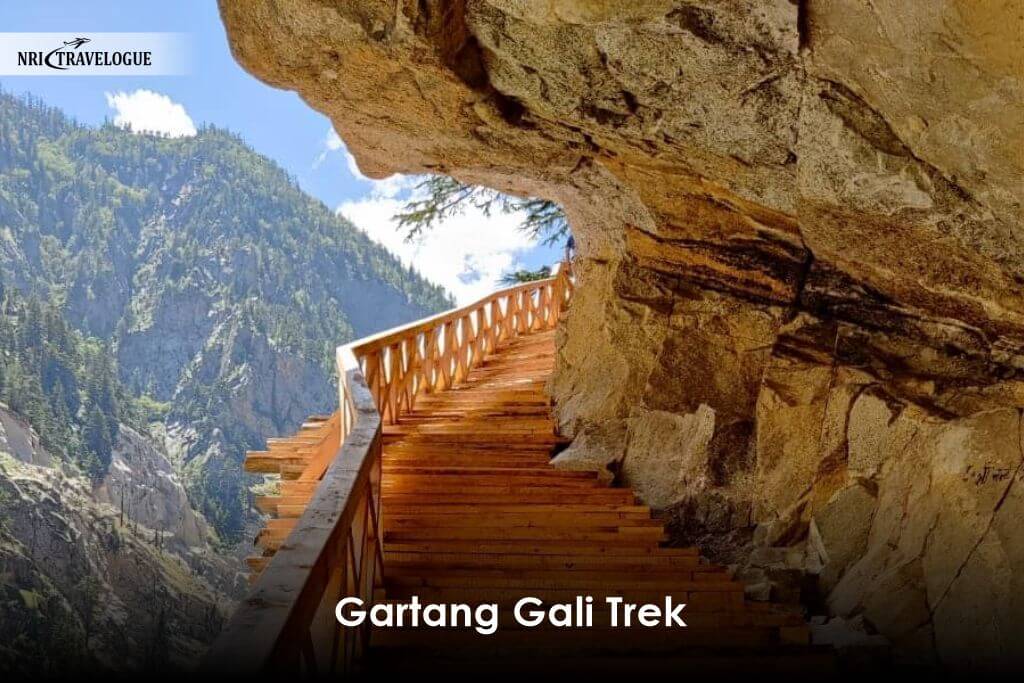
The trail offers stunning views of the Bhagirathi River and surrounding peaks, making it a favorite among photographers and history enthusiasts. The trek is relatively easy and perfect for a half-day excursion.
Cultural and Spiritual Experiences
Harshil Valley is deeply rooted in Hindu traditions and local Bhotia culture, offering travelers a chance to immerse themselves in its spiritual and cultural heritage.
Visit Gangotri Temple
Located just 25 km from Harshil, the Gangotri Temple is one of the four sacred sites of the Char Dham Yatra. Dedicated to Goddess Ganga, this ancient temple attracts pilgrims and tourists alike.
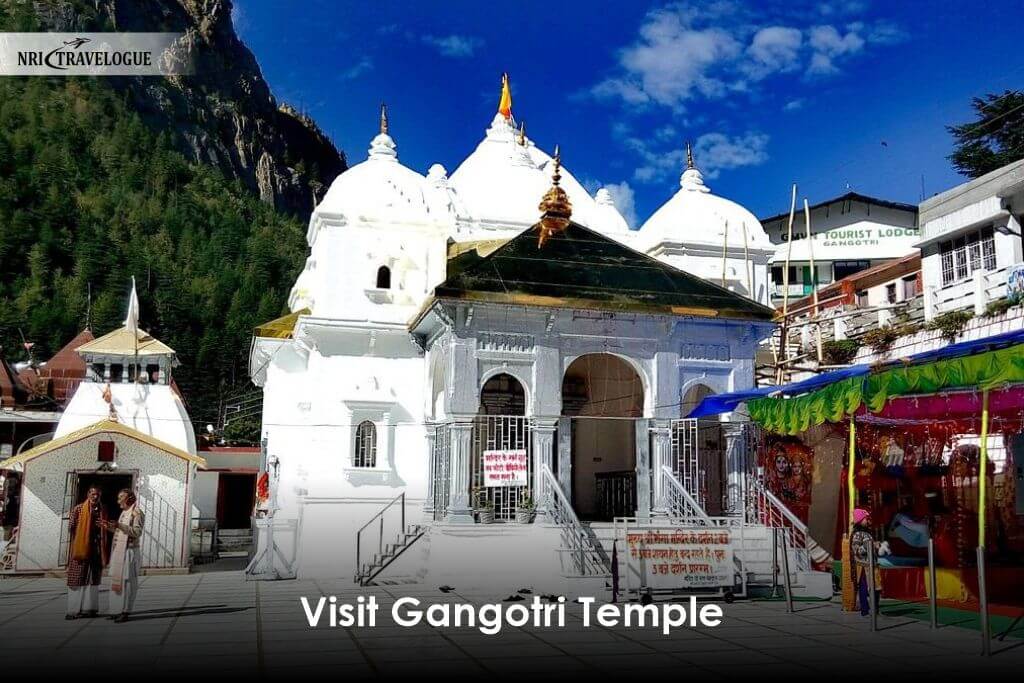
The temple’s serene setting along the Bhagirathi River and its spiritual significance make it a must-visit. In 2025, expect improved facilities for devotees, as the Uttarakhand government is enhancing infrastructure for the Char Dham pilgrimage.
Explore Mukhba Village
Mukhba Village, just 1 km from Harshil, is the winter home of Goddess Ganga’s idol when the Gangotri Temple closes due to heavy snowfall. This quaint village is rich in local culture, with traditional wooden houses and warm-hearted locals.
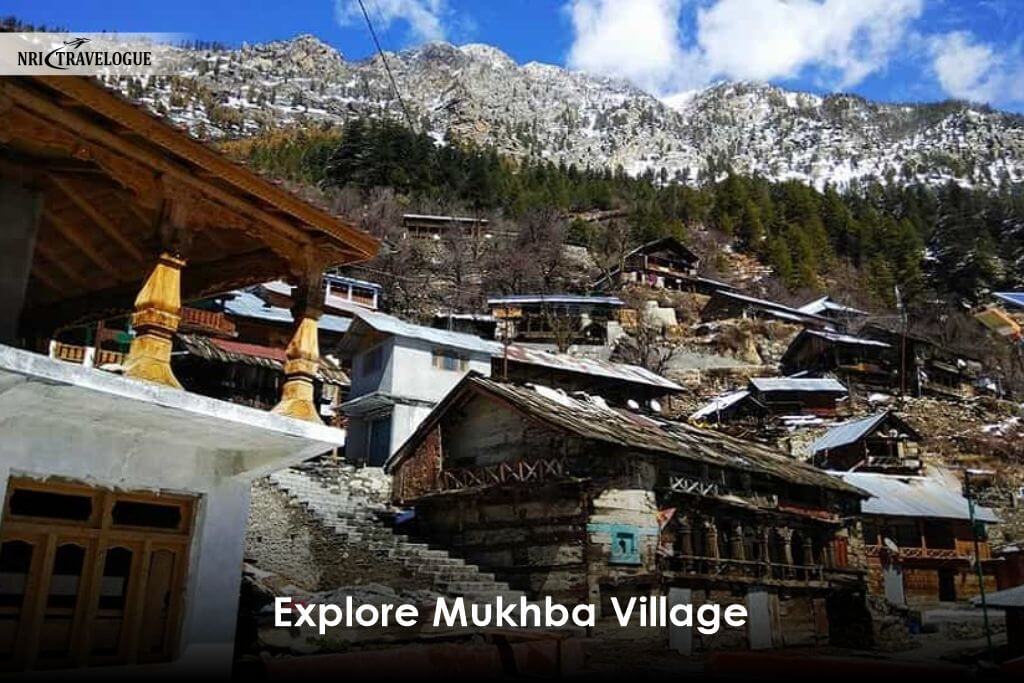
Visiting Mukhba offers a glimpse into the region’s spiritual traditions and the lifestyle of the Bhotia community. The village is being developed as a major pilgrimage destination, making it a great stop for cultural exploration.
Attend the Apple Festival
Held in late October, the Apple Festival is a vibrant celebration of Harshil’s famous apples, introduced to the valley by Frederick Wilson in the 19th century.
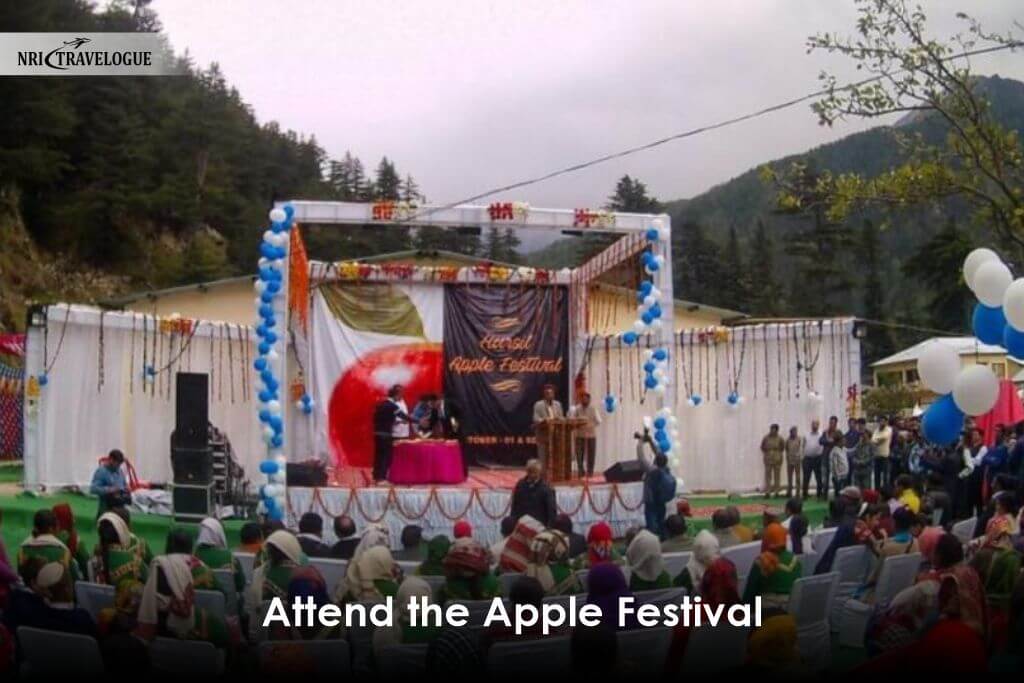
This festival showcases local culture through folk dances, music, and culinary delights featuring Harshil’s crisp, juicy apples. It’s a fantastic opportunity to engage with the community, taste local produce like Harshil Rajma, and experience the valley’s autumnal charm.
Nature and Scenic Attractions
Harshil Valley’s untouched landscapes are a haven for nature lovers, offering serene riverside walks, lush forests, and breathtaking vistas.
Stroll Along the Bhagirathi River
The Bhagirathi River, flowing through Harshil, is a highlight of the valley. Its crystal-clear waters and serene surroundings make it perfect for leisurely walks or photography.
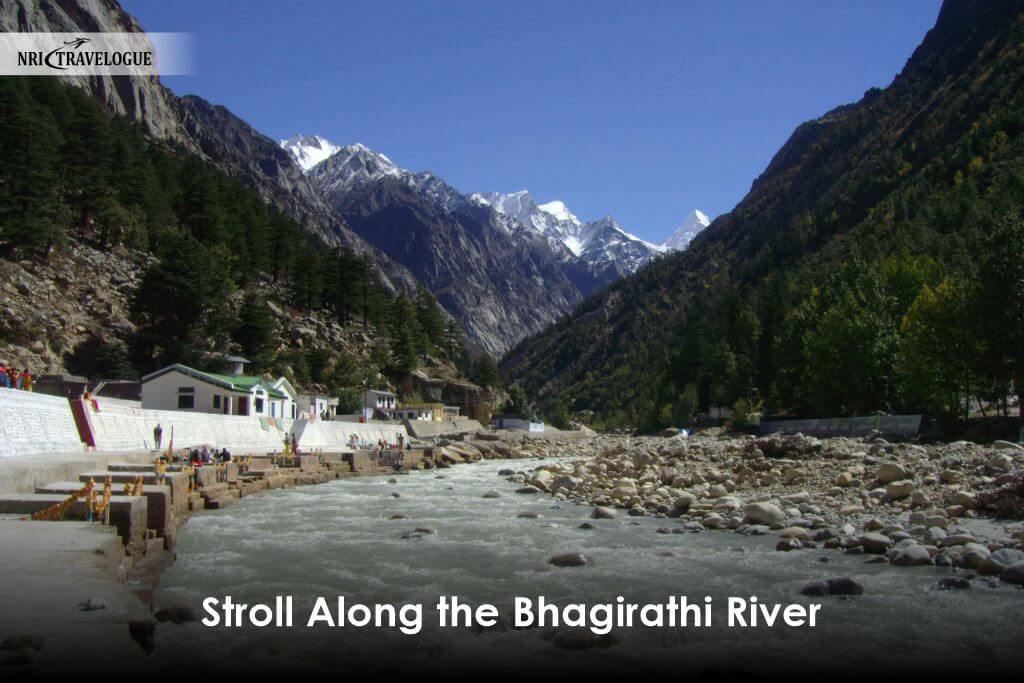
The river’s confluence with the Jalandhari Gadh is steeped in mythology, believed to be where Lord Vishnu resides as a rock to maintain peace between the two rivers. Spend an evening by the river to soak in the tranquility and capture stunning sunset views.
Explore Dharali Village and Apple Orchards
Dharali, a charming hamlet 6 km from Harshil, is known for its apple orchards and traditional wooden houses.
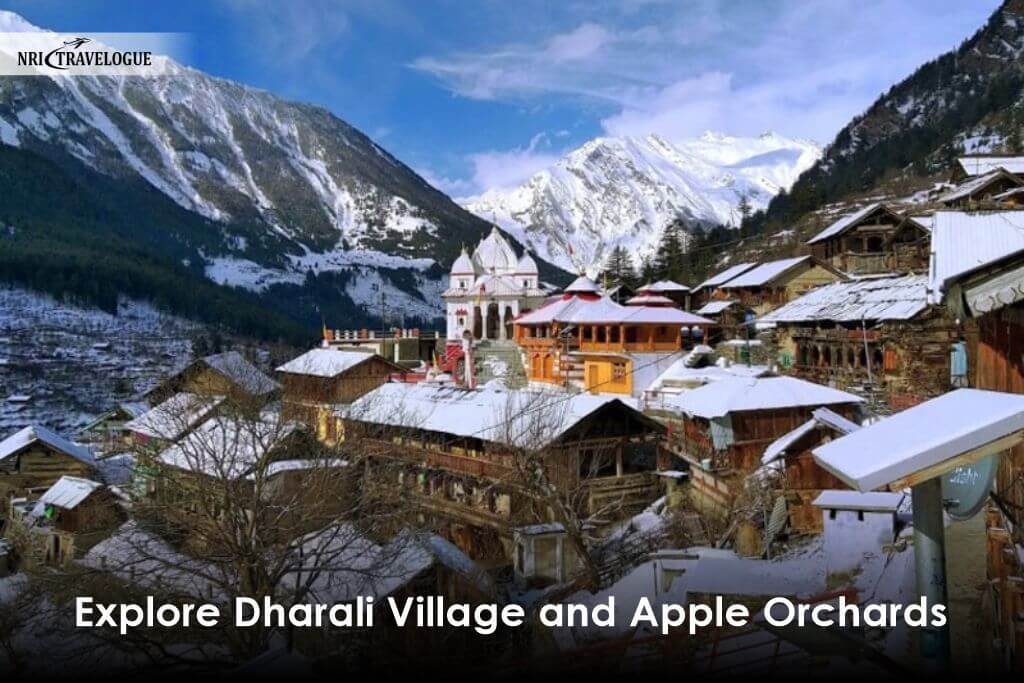
A walk through the orchards, especially during the harvest season in October, offers a sensory delight with the scent of ripe apples and the sight of snow-capped peaks. Dharali is also a spiritual hub, hosting the idol of Goddess Ganga during winters, making it a blend of natural beauty and cultural significance.
Wander Through Deodar Forests
Harshil is surrounded by dense deodar and oak forests, creating a serene environment for nature walks. These forests are home to diverse flora and fauna, including migratory birds, making them ideal for birdwatching.

A morning stroll through the forests offers a peaceful start to the day, with the chirping of birds and the fresh mountain air rejuvenating your senses.
Practical Tips for Visiting Harshil Valley
To make the most of your trip to Harshil Valley in 2025, keep these practical tips in mind for a seamless and enjoyable experience.
How to Reach Harshil Valley
Harshil is accessible by road from major cities like Delhi (460 km, 12–14 hours), Rishikesh (215 km), and Uttarkashi (72 km). The nearest airport is Jolly Grant Airport in Dehradun (232 km), with daily flights from Delhi. The nearest railway station is in Rishikesh, followed by a road journey via Uttarkashi. Public buses and shared jeeps are budget-friendly options, while taxis offer convenience for groups. For a scenic experience, consider a road trip from Delhi, passing through Haridwar, Rishikesh, and Uttarkashi.
Where to Stay in Harshil Valley
Accommodation options in Harshil are limited but cater to various budgets. Homestays like those in Bagori and Dharali offer an authentic experience with home-cooked Garhwali meals. Popular choices include cozy guesthouses and resorts like Prakriti Treat and Nine Apple Resort. For budget travelers, homestays provide affordable stays with parking facilities. Book in advance, especially during peak seasons, as options fill up quickly.
What to Eat in Harshil Valley
Dining options in Harshil are modest, with local eateries serving North Indian cuisine, Chinese dishes like momos and noodles, and authentic Garhwali dishes such as Gahat Dal, Sisunak Saag, and Chainsoo. Pack snacks for treks to save on costs. During the Apple Festival, indulge in apple-based desserts and local produce like Harshil Rajma. Most homestays offer home-cooked meals, providing a taste of the region’s culinary heritage.
Travel Tips for a Safe and Enjoyable Trip
- Pack Accordingly: Carry warm clothing, as temperatures can drop significantly at night, even in summer. Sturdy trekking shoes and a first-aid kit are essential for treks.
- Permits: If planning to visit Nelong Valley, secure an inner line permit, as it’s near the Indo-Tibetan border and restricted for foreigners.
- Altitude Awareness: Harshil is at a high altitude, so stay hydrated and avoid overexertion to prevent altitude sickness.
- Travel Off-Season: Visit in the shoulder seasons (late March or early November) to avoid crowds and save on accommodation.
- Respect Local Culture: Engage respectfully with the Bhotia community and follow local customs, especially at spiritual sites.
Why Harshil Valley Stands Out in 2025
Harshil Valley’s allure lies in its ability to offer something for every traveler—whether it’s the thrill of trekking to Gaumukh, the spiritual serenity of Gangotri, or the simple joy of strolling through apple orchards. Its unspoiled landscapes, rich cultural heritage, and warm hospitality make it a destination that feels both timeless and refreshing. In 2025, with initiatives to boost winter tourism and improved infrastructure, Harshil Valley is poised to captivate even more travelers seeking an offbeat Himalayan adventure.
Plan your trip to Harshil Valley in 2025 to experience its pristine beauty and vibrant culture. Whether you’re trekking through its scenic trails, immersing yourself in local traditions, or simply soaking in the Himalayan serenity, this hidden gem promises memories that will last a lifetime.









